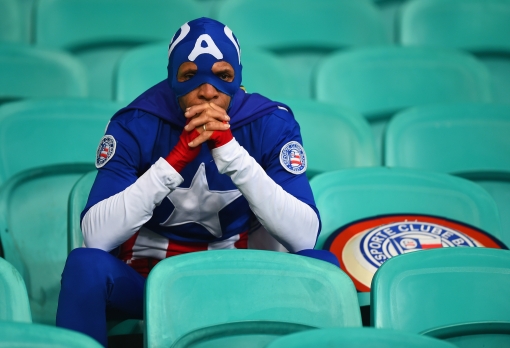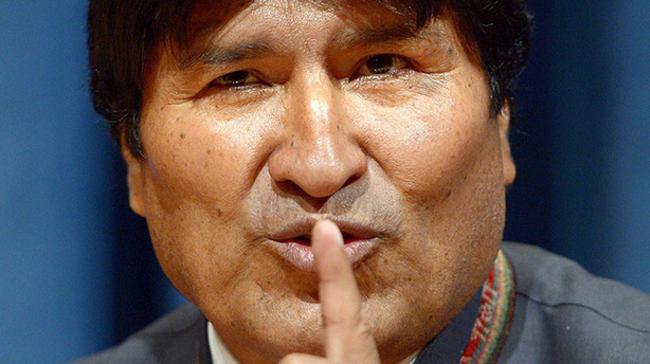Philpott, Tracey Schulz, Victor Pickard Leave a comment
:
 Both unity and contradiction are reflected in the history of United States foreign policy from the industrial revolution to the present. The unity of policy in time and space is reflected in the drive to maximize the opportunities for U.S. capital to expand; to acquire more and more wealth, and to seize land, extract resources, and accumulate profits derived from cheaper and cheaper labor.
Both unity and contradiction are reflected in the history of United States foreign policy from the industrial revolution to the present. The unity of policy in time and space is reflected in the drive to maximize the opportunities for U.S. capital to expand; to acquire more and more wealth, and to seize land, extract resources, and accumulate profits derived from cheaper and cheaper labor.
An example of a significant historical moment reflecting this unity can be seen in the 1890s as the United States seized former Spanish colonies in the Caribbean and the Philippine Islands. Over the next 30 years the U.S. military invaded and occupied Caribbean, Central American, and Latin American countries at least 30 times.
Continue reading
:
During his life he worked as a baker, bricklayer, farmer, trumpet player, and soldier; then rose up through the ranks of coca farmer unions to become a leader of El Comité de Coordinación de las Seis Federaciones and finally of the Movimiento al Socialismo (MAS).
It is for such humble beginnings that his election to the presidency of the poorest country in South America was of so much interest to Tom Hayden that he convinced me to travel to the transmit del mando in 2006. The truth is I didn’t want to go, although I admit that I was impressed: between the election and the inauguration Evo was already traveling the globe lining up potential allies — and doing so garbed in the ratty old red-and-blue pullover that he became known for. His vice president had been a guerrillero in the Tupak Katari Guerrilla Army, and his First Lady would be his sister, a vegetable vendor.
Continue reading
:
Should we make more war? Where? How?
Obama’s foreign policy reflects the contradictory approaches of U.S. leadership since the country’s emergence as a superpower.

How to play it: A fan dressed as Captain America at the 2014 World Cup. Image from New Statesman / Getty.
An example of a significant historical moment reflecting this unity can be seen in the 1890s as the United States seized former Spanish colonies in the Caribbean and the Philippine Islands. Over the next 30 years the U.S. military invaded and occupied Caribbean, Central American, and Latin American countries at least 30 times.
Continue reading
:
The third inauguration: Evo Morales and nine years of paradox in Bolivia
‘Evo is a loaf of bread fresh from the oven,’ he said. ‘We’ll find out how it tastes.’
La Paz, 22 January 2006. Evo Morales Ayma was born Aymara and poor in the department of Oruro. For lunch he and his father would scrounge the thin meat from orange peels cast from the windows of passing autobuses, and his most ambitious childhood dream was to ride in a bus.During his life he worked as a baker, bricklayer, farmer, trumpet player, and soldier; then rose up through the ranks of coca farmer unions to become a leader of El Comité de Coordinación de las Seis Federaciones and finally of the Movimiento al Socialismo (MAS).
It is for such humble beginnings that his election to the presidency of the poorest country in South America was of so much interest to Tom Hayden that he convinced me to travel to the transmit del mando in 2006. The truth is I didn’t want to go, although I admit that I was impressed: between the election and the inauguration Evo was already traveling the globe lining up potential allies — and doing so garbed in the ratty old red-and-blue pullover that he became known for. His vice president had been a guerrillero in the Tupak Katari Guerrilla Army, and his First Lady would be his sister, a vegetable vendor.
Continue reading

No comments:
Post a Comment